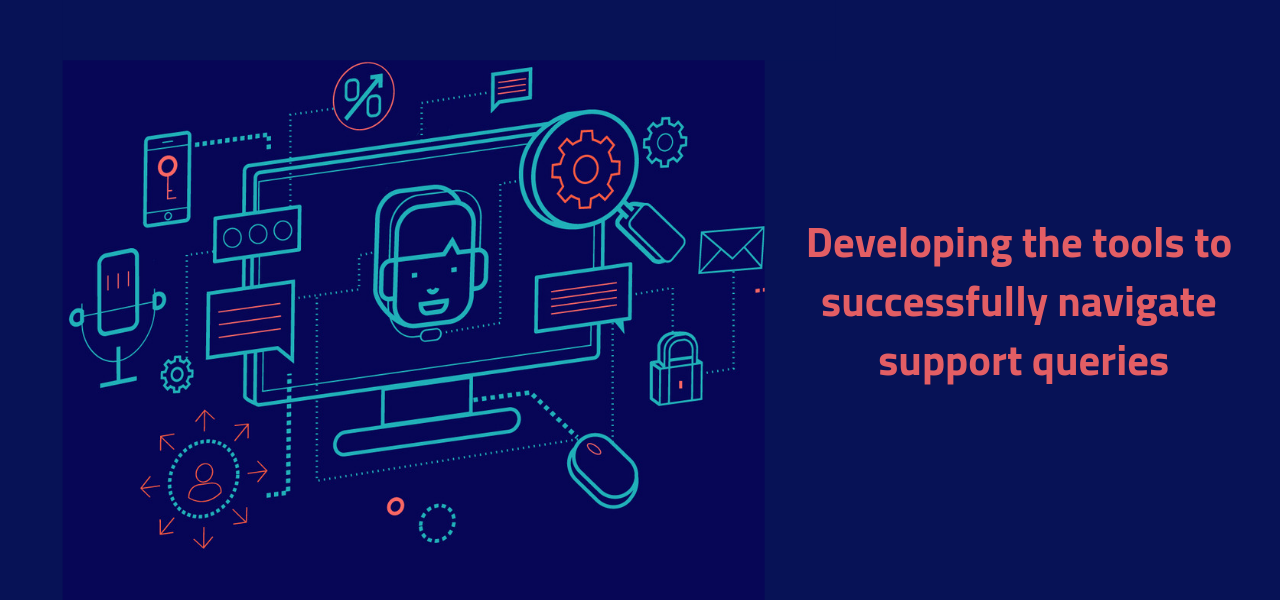
Developing the tools to successfully navigate support queries
Research shows that 82% of customers drop a brand because of bad customer experience. Also, while happy customers, on average, tell nine people about your product/service, an unhappy customer tells 16 people!
So, in the midst of fierce free market competition, how do you retain customers by ensuring a good customer experience? Setting up a smooth support workflow, with the right tools and practices can help you achieve that.
Options aplenty, but, what works for you?
From self-service, triaging, tiered support, to automated tools for analytics and workflow management, there is a lot you could experiment with. In the end, your support process should be built on the specifics of your offering, and operational model.
Self-Service
Given that more than 90% of customers attempt to solve their problem themselves before reaching out to a support person, it is not only efficient but also cost effective to provide your customers a self-service option. Almost every company now has AI chatbots fielding their front line of customer engagement. These chatbots respond to quick service questions by referring to existing knowledge base and FAQs. A precursor to human intervention and further escalations, this tier of support can filter out, and resolve repetitive support requests, thereby freeing up support staff to address the root causes and draw deeper insights.
Tiered Support
One level up, you could assign queries to support staff based on the technicality of the issue. Employ level 1 support staff to resolve infrastructural issues and application lapses that require limited technical, or application specific proficiency. Tiers 2 and 3 can handle code or service level changes based on respective SLAs and level of criticality.
Triaging
Alternately, you could triage queries to your support team based on individual expertise within the team. Automated workflows can be set up to route tickets to relevant team members.This builds transparency and accountability into your query management.
AI and Analytics
The larger value of such an automated support workflow solution, however, is in its ability to deliver insights on the internal and external pain points of support staff and customers. By analyzing metrics such as response and resolution times, across a range of issues along the product/service funnel, you can identify the right tools, and points of intervention. Perhaps, it is the strength of your knowledge base that needs to be looked at. Perhaps, you need to assign special support roles to reduce response times for quick queries.
Lastly, with the self-learning capabilities of AI based tools, you can ensure that your tickets always receive the correct action, and your support team is up to date with all the recent developments.


